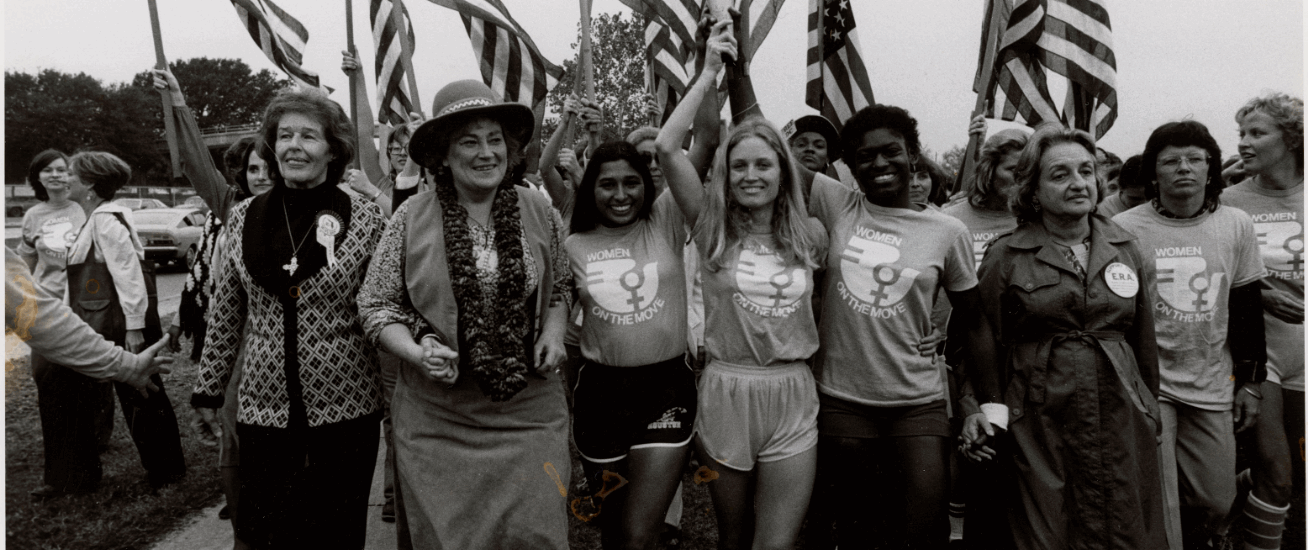Welcome to a pivotal location in the history of women’s rights in America — the site of the 1977 National Women’s Conference in Houston, Texas. As you pass by, imagine the energy and determination that filled the air during those transformative days in November 1977. This was not just any conference; it was a landmark event that symbolized the burgeoning force of the women’s movement and set the stage for future advancements in gender equality.
The conference was the first and only federally funded national women’s conference in U.S. history, a testament to the growing recognition of women’s rights as a national priority. It brought together over 2,000 delegates and an estimated 20,000 participants from all 50 states, including some of the most influential figures in the women’s movement. Among them were Gloria Steinem, Betty Friedan, and Bella Abzug, each a titan in their own right, advocating for issues that ranged from reproductive rights to the Equal Rights Amendment.
The conference took place under the auspices of the National Commission on the Observance of International Women’s Year, established by President Gerald Ford, and was supported by his successor, President Jimmy Carter. This governmental backing was crucial in elevating the discussions from grassroots activism to national policy considerations.
Inside the conference halls, delegates debated and voted on a comprehensive National Plan of Action. This document addressed a wide array of issues, including workplace discrimination, reproductive rights, affordable childcare, and more. It was a blueprint for change, aiming to guide federal and state policy for years to come.
The 1977 conference was not without its controversies and conflicts, reflecting the diverse opinions within the women’s movement itself. There were passionate discussions around topics like lesbian rights and minority women’s issues, which highlighted the intersectionality of the movement. Despite differing viewpoints, the conference managed to provide a platform for dialogue and consensus-building, which was a significant achievement in itself.
From its inception, the National Women’s Conference was a microcosm of the broader societal shifts occurring in America. It was a moment where the voices of women across the nation coalesced into a powerful call for equality and justice. The legacy of the conference lives on, having inspired legislation and continued advocacy efforts that have shaped the landscape of women’s rights in the United States.
Today, as you reflect on this historic site, consider its ongoing significance as a symbol of progress and the enduring struggle for gender equality. The spirit of the 1977 National Women’s Conference continues to inspire new generations of activists and leaders who stand on the shoulders of those who convened here to demand change.




